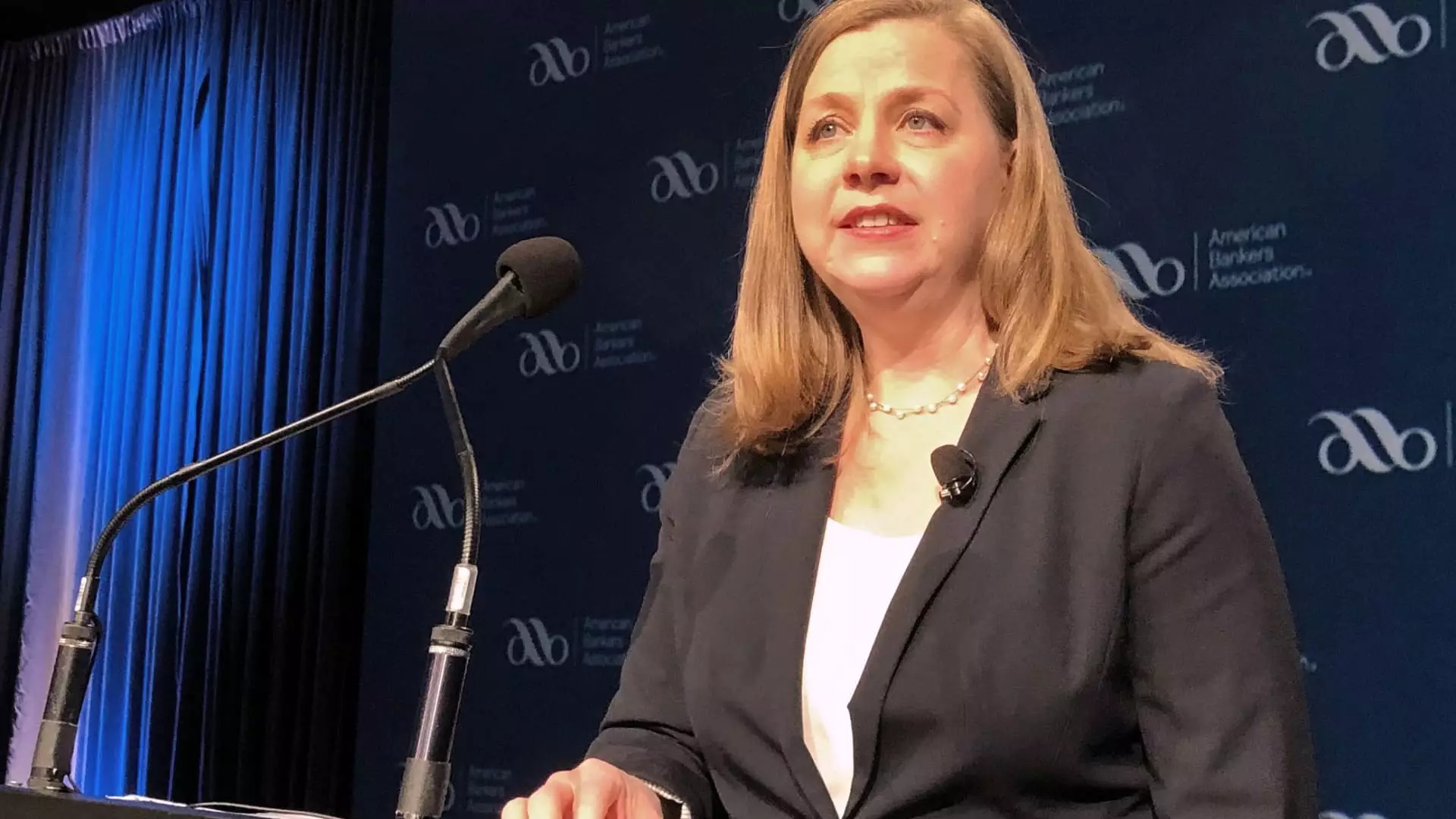In the ever-evolving landscape of economic strategy, Federal Reserve Governor Michelle Bowman has signaled a cautious stance regarding monetary policy adjustment. During her recent address to the American Bankers Association, she emphasized that while current monetary conditions are stable, there is a pressing need for further data to validate any moves towards lowering interest rates. This scrutiny reflects her understanding that economic nuances are critical when considering shifts that could impact inflation levels.
Bowman’s commentary brings to light the complexities surrounding inflation control. Since the spring, inflation in core goods has exhibited persistent upward momentum, introducing hurdles in the quest for stabilized prices. Despite an anticipated decline in inflation rates throughout the year, Bowman warns that the journey towards disinflation may unfold more slowly than desired. This sentiment is pivotal. It underscores the reality that economic indicators, such as employment rates and consumer spending, often do not align neatly with the desired outcomes of policy shifts.
The latest consumer price index (CPI) data has added another layer of complexity to the Fed’s decision-making framework. The CPI showed an unexpected increase of 0.5% month-over-month in January, surpassing projections of a 0.3% rise. This discrepancy elevated the annual inflation rate to 3%, higher than the anticipated 2.9%. Such statistics compel the Federal Reserve to adopt a cautious approach in its monetary policy, steering clear of hasty decisions that could exacerbate inflationary pressures.
Addressing the significance of rate stability, Bowman asserts that the current target range of 4.25% to 4.5% is adequately positioned to allow for a more meticulous examination of inflation trends and economic performance. This patience is crucial; it reveals an understanding that the economic environment is susceptible to both domestic and global influences. The Fed’s decision to maintain this range is strategic, providing a basis for evaluating the effects of governmental policies and external factors, including trade tariffs, on inflationary trends.
Bowman’s remarks also touch upon President Trump’s tariffs, which have raised alarms across the economic spectrum. These tariffs, aimed at the U.S.’s primary trading partners, contribute to heightened pricing concerns, potentially complicating the inflation landscape further. The ramifications of these tariffs could lead to elevated consumer prices, thereby threatening the fragile equilibrium that the Fed seeks to maintain.
As we peer into the horizon of economic forecasting, expectations of interest rate cuts seem to have diminished considerably amid the backdrop of ongoing trade conflicts. Consequently, the Federal Reserve, under Bowman’s guidance, is poised to navigate a turbulent economic territory. The emphasis on measured policy adjustments reveals an acute awareness of the balance between encouraging economic growth and safeguarding price stability. Thus, the prudent approach adopted by Bowman and her colleagues appears essential in ensuring a stable and sustainable economic future.

